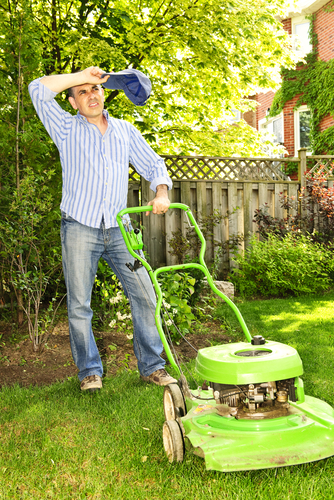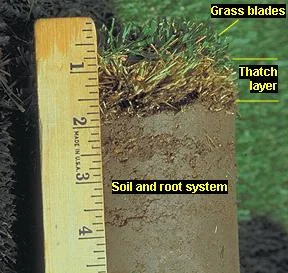Key Takeaways
Tips for winter lawn care:- Strengthen Roots: Winter lawn fertilizer nourishes roots to withstand cold and prepare for healthy spring growth.
- Frost Resistance: Properly applied fertilizer enhances your lawn's resilience against frost and harsh winter weather.
- Nutrient Balance: Selecting the right mix, including slow-release nitrogen and potassium, ensures optimal root health during winter.
- Professional Expertise: Cory's Lawn Service provides expert winterizing to protect your lawn with precise care and application techniques.
Winter is a critical time for lawn care, and using the right winter lawn fertilizer can make all the difference in maintaining a healthy yard. Whether prepping your lawn for a lush return in spring or ensuring it weathers the cold months unscathed, understanding the benefits of winter lawn fertilizer is key.
Why Winter Lawn Fertilizer Matters
During the winter, your lawn may appear dormant, but the roots beneath the soil are still hard at work. Applying a specialized winter lawn fertilizer provides essential nutrients that:
Strengthen root systems.
Enhance resilience against frost.
Promote healthier, greener growth in spring.
Neglecting winter lawn care can leave your grass vulnerable to damage, making a recovery more difficult and costly when the warmer months arrive.
How to Choose the Best Winter Lawn Fertilizer
Selecting the right fertilizer for winterizing your lawn is essential. Here’s what to look for:
Nitrogen Content: Opt for a fertilizer with a lower nitrogen content and slow-release nitrogen to sustain your lawn over the colder months.
Potassium and Phosphorus Boosts: Potassium and Phosphorus support root health and enhances your lawn's cold tolerance.
When and How to Apply Winter Lawn Fertilizer
Timing and technique are everything when it comes to applying winter lawn fertilizer. Follow these expert tips:
Apply in Late Fall: Once your lawn has stopped actively growing but before the ground freezes and your irrigation system is shut off, it’s the perfect time to fertilize.
Mow and Rake First: Ensure your lawn is clear of leaves and debris even when applying.
Spread Evenly: Use a spreader to achieve consistent coverage, avoiding patches that could over- or under-fertilize.
Professional Winterizing Services by Cory’s Lawn Service
At Cory’s Lawn Service, we understand that winter lawn care can be daunting. That’s why we offer professional winterizing services designed to keep your lawn in optimal condition throughout the cold months. From choosing the ideal fertilizer to expert application, our team has the tools and expertise to protect your grass against winter stress.
Maintaining a healthy yard year-round starts with the right care and attention during winter. With our guidance and services, you can enjoy peace of mind knowing your lawn is prepared to thrive, even in the harshest weather. Contact Cory’s Lawn Service today to schedule your winter lawn fertilizer application and take the first step toward a greener, healthier lawn.








